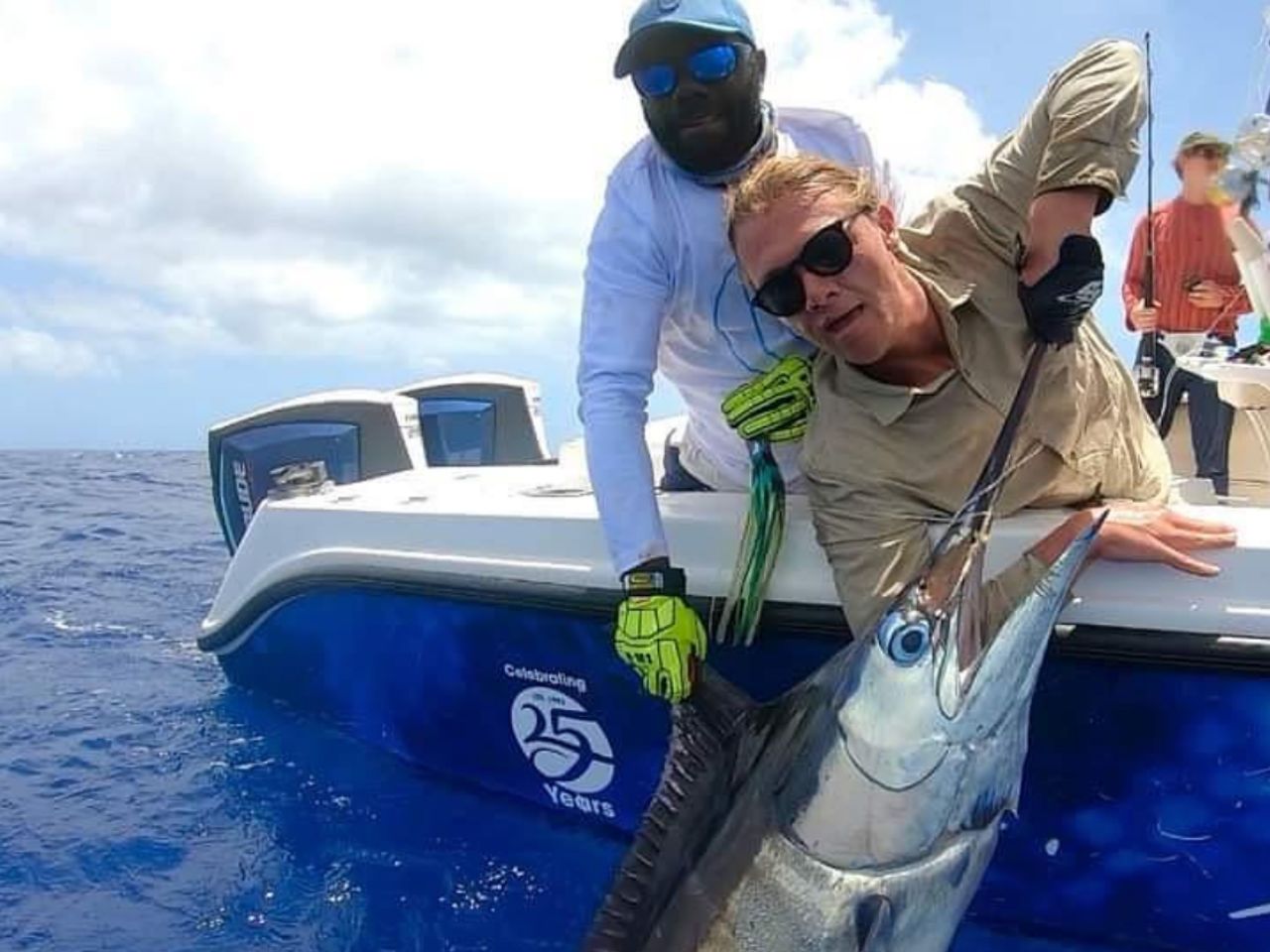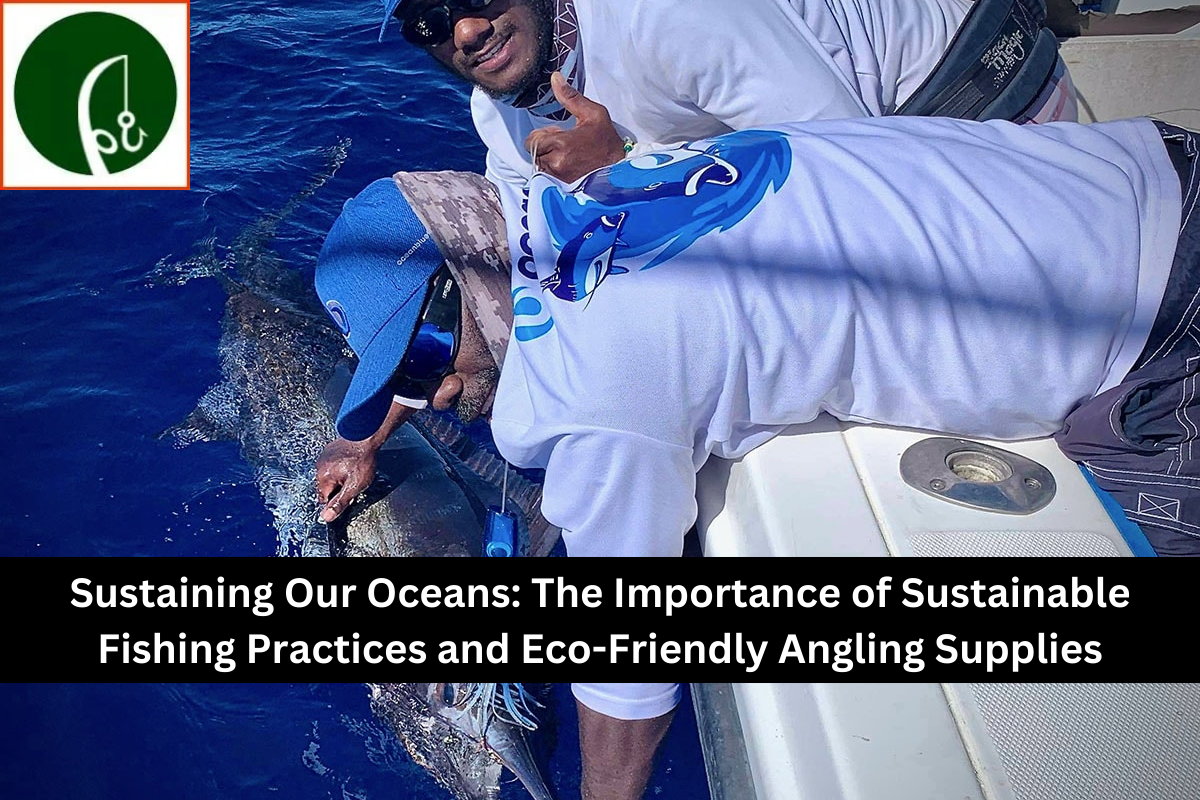Sustaining Our Oceans: The Importance of Sustainable Fishing Practices and Eco-Friendly Angling Supplies :- Because of the ever-increasing demand for seafood, marine ecosystems are being subjected to an enormous amount of stress as the global population continues to expand. In order to protect the health of aquatic life and the longevity of our oceans, it is absolutely necessary to use fishing methods that are environmentally friendly and to use fishing materials that are also environmentally friendly. In this article, we will discuss the significance of sustainable fishing, the impact of traditional fishing practices, and the advent of alternatives that are more environmentally friendly.
Sustaining Our Oceans: The Importance of Sustainable Fishing Practices and Eco-Friendly Angling Supplies

The Need for Sustainable Fishing:
1. Preserving Biodiversity
- Environmentally responsible fishing methods place an emphasis on preserving the equilibrium of marine ecosystems, with the goal of minimising overfishing, which can result in the extinction of some species. We make a contribution to the conservation of biodiversity and the general well-being of the oceans by allowing fish populations to go through the process of regeneration.
2. Protecting Ecosystems
- Methods of fishing that are destructive, such as bottom trawling, have the potential to cause damage to the seafloor and habitats that cannot be repaired. Certain environmentally responsible methods, such as selective fishing and the utilization of fish aggregating devices, contribute to the reduction of the negative influence on these delicate ecosystems, thereby protecting the habitats of a great number of marine species.
3. Maintaining Fish Stocks
- In communities that are economically and socially dependent on fishing, overfishing poses a threat to the stability of fish stocks, which in turn leads to issues for those communities. A stable supply of fish for both commercial and recreational uses can be ensured by the adoption of sustainable techniques, which in turn helps millions of people all over the world maintain their livelihoods.
Challenges of Traditional Angling Methods:
1. Bycatch and Discards
- It is common for conventional fishing methods to result in bycatch, which is the unintended capture of species that are not the intended targets. The term “bycatch” refers to the collection of juvenile fish, endangered species, and other marine life. Alternative methods of fishing that are less harmful to the environment strive to reduce the amount of bycatch by employing creative gear designs and responsible fishing techniques.
2. Habitat Destruction
- The use of traditional fishing gear has the potential to result in the damage of habitat, particularly in more delicate ecosystems such as coral reefs and seagrass beds. Environmentally responsible alternatives, such as artificial reefs and fishing gear made from biodegradable materials, contribute to the reduction of these adverse effects.
Also See :- Revolutionizing the Angler’s Arsenal: Innovations in Fishing Tackle Technology
Eco-Friendly Angling Supplies
1. Biodegradable Fishing Gear
- It is possible for traditional fishing gear, which is frequently constructed from materials that are not biodegradable, to remain in the environment for years, so adding to pollution. The use of biodegradable fishing lines, nets, and bait containers are examples of environmentally friendly fishing supplies. These supplies help to reduce the ecological footprint that fishing operations have.
2. Barbless Hooks and Catch-and-Release Practices
- By reducing the likelihood of fish being injured, barbless hooks make catch-and-release fishing procedures more compassionate. In order to maintain healthy fish populations, anglers are strongly advised to release species that are either undersized or not their intended goal.
3. Innovative Lures and Baits
- Traditional lures and baits can be replaced with more sustainable alternatives, such as those created from materials that are good to the environment, such as recycled plastics. These advances lessen the reliance on plastics that are only used once and diminish the impact that they have on the environment.
4. Education and Awareness
- It is of the utmost importance to raise awareness among fishermen about the need of using environmentally friendly fishing supplies. The effects of traditional gear can be brought to light through educational campaigns, which can also demonstrate the advantages of selecting choices that are more environmentally conscientious.
Conclusion:
In our capacity as guardians of the oceans, it is our duty to implement environmentally responsible fishing methods and to embrace fishing supplies that are beneficial to the environment. As a result of our actions, we make a contribution to the preservation of marine ecosystems, we help fishing communities maintain their livelihoods, and we make certain that future generations will be able to continue to appreciate the splendour and wealth of our underwater world. Anglers, in their capacity as consumers, have the ability to influence good change by making choices that are ecologically conscious and advocating for environmental practices that are sustainable within the fishing industry.
If you like this Article Sustaining Our Oceans: The Importance of Sustainable Fishing Practices and Eco-Friendly Angling Supplies Please Share With Your Friends And Family members.
